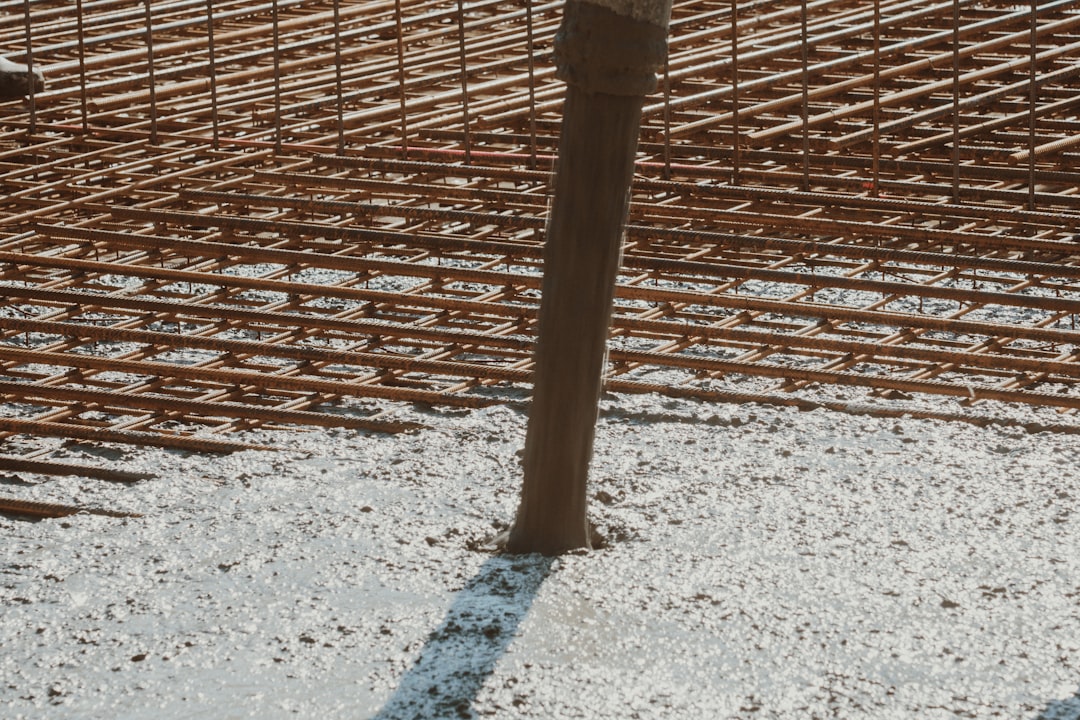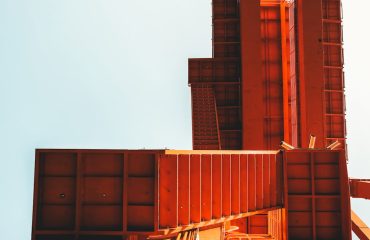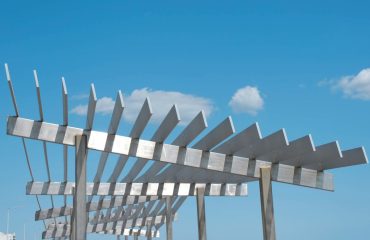Choosing the right building material is crucial for any construction project. Two titans dominate the structural landscape: concrete and steel. Both offer unique properties and advantages, making the decision a complex one. This in-depth comparison will delve into the key differences between concrete and steel, helping you understand which material is best suited for your needs.
Strength and Structural Capabilities: A Head-to-Head
Concrete boasts exceptional compressive strength, meaning it excels at withstanding crushing forces. This makes it ideal for columns, foundations, and other load-bearing elements where pressure is the primary concern. Steel, on the other hand, possesses superior tensile strength, meaning it can resist stretching and pulling forces. This makes it perfect for beams, girders, and other components subjected to significant tension. In many modern structures, a combination of both materials is used to leverage their respective strengths – concrete for compression and steel for tension, creating a synergistic and highly robust structure. This hybrid approach, often seen in reinforced concrete, allows for the creation of larger spans and more complex designs.
Durability and Lifespan: Weathering the Storm
Concrete’s durability is a significant advantage. When properly mixed and cured, concrete can withstand harsh weather conditions, including extreme temperatures, freeze-thaw cycles, and even chemical exposure. However, concrete is susceptible to cracking, especially if not reinforced properly or if subjected to significant impacts. Steel, while incredibly strong, is vulnerable to corrosion, particularly in environments with high humidity or exposure to saltwater. Protective coatings, such as galvanization or painting, are essential to extend the lifespan of steel structures. The ultimate durability of both materials depends heavily on the quality of materials used, the construction techniques employed, and proper maintenance.
Cost Considerations: Balancing Budget and Performance
The cost of concrete and steel can vary significantly depending on location, availability, and market conditions. Generally, concrete is often perceived as a more economical option for large-scale projects due to its readily available raw materials. However, the cost of steel has fluctuated considerably in recent years due to global supply chain issues and raw material price volatility. The cost-effectiveness of each material also depends on the complexity of the design and the need for reinforcement. A simple concrete structure might be cheaper than a comparable steel structure, but a complex, high-rise building might benefit from the efficiency and speed of steel construction, even if the initial material cost is higher.
Construction Speed and Efficiency: Time is Money
Steel construction often boasts a faster construction timeline compared to concrete. Pre-fabricated steel components can be manufactured off-site and assembled quickly on the construction site, reducing on-site labor and construction time. Concrete, especially in large pours, requires significant curing time, slowing down the overall construction process. However, advancements in concrete technology, such as high-strength concrete and self-consolidating concrete, are reducing curing times and improving efficiency. The choice between steel and concrete concerning construction speed depends largely on the project’s scale and complexity.
Environmental Impact: A Sustainable Choice?
Both concrete and steel production have significant environmental impacts. Concrete manufacturing is a major contributor to carbon dioxide emissions due to the energy required for cement production. Steel production also generates greenhouse gases and consumes significant amounts of energy. However, both industries are actively exploring more sustainable practices, such as using recycled materials, reducing energy consumption, and developing lower-carbon alternatives. The environmental impact of each material should be considered in the context of the entire lifecycle of the structure, from material production to demolition and recycling.
In conclusion, the choice between concrete and steel depends on a variety of factors, including project requirements, budget, timeframe, and environmental considerations. Often, a hybrid approach utilizing the strengths of both materials proves to be the most effective solution. Careful consideration of all these factors is crucial for making an informed decision that optimizes both performance and sustainability.
Tags: concrete, steel, construction materials, building materials, structural engineering




